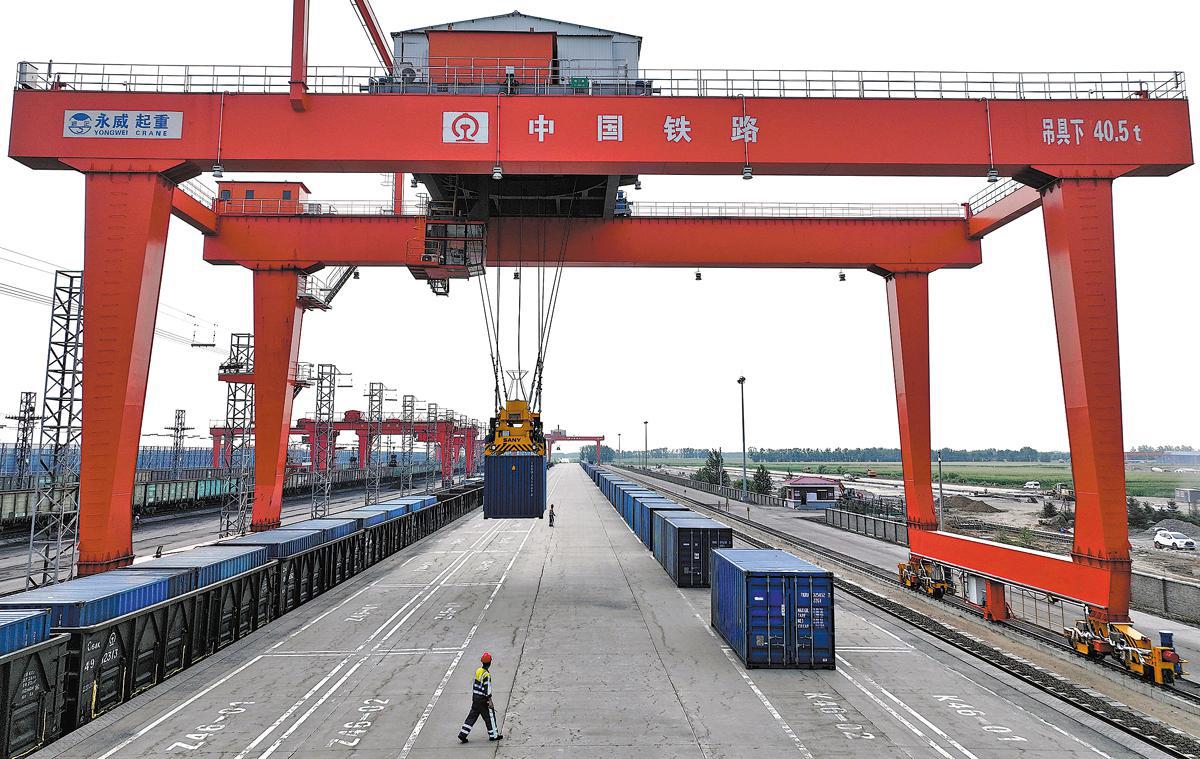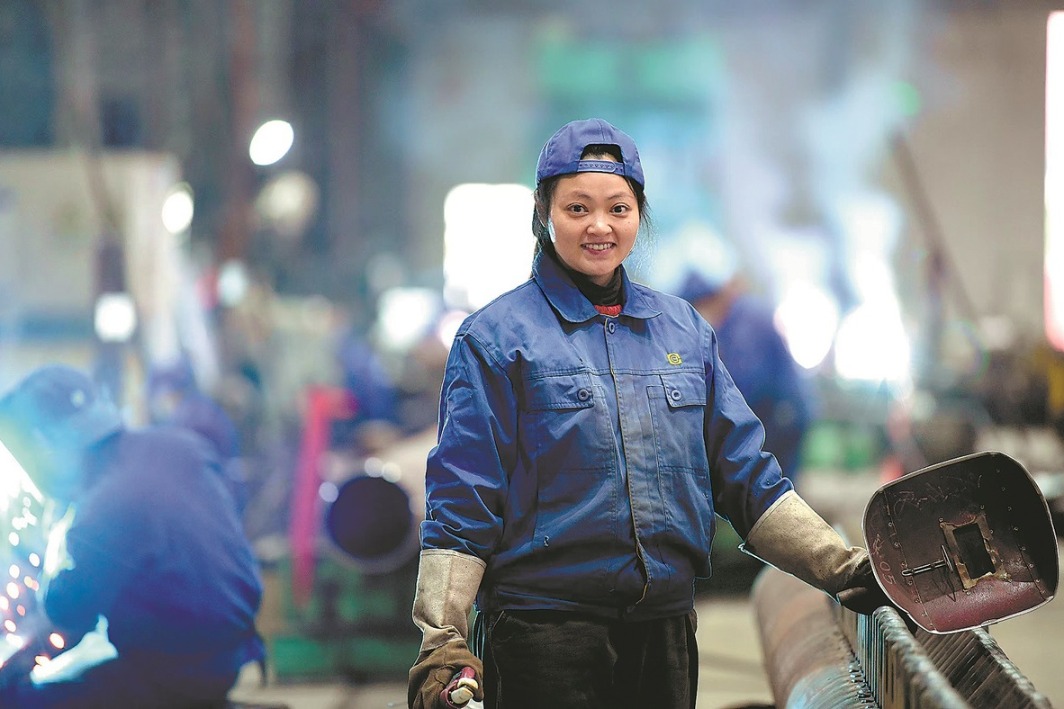Rail reliability delivers steady success
China-Europe freight train network grows as competitive link to overseas markets


The multiple shock waves that hit global shipping in 2021 forced Shandong Linglong Tire, one of China's largest tire manufacturers and exporters, to reexamine its logistics.
A solution was quickly found in the China-Europe freight train network, a vital trade artery connecting manufacturing centers in China with markets in Central Asia and Europe.
"Sea transportation was so unstable," said Pan Wenfeng, head of Linglong's inland logistics department. "Prices skyrocketed and space was difficult to book. That gave us an opportunity to cooperate with the China-Europe Railway Express."
What began as a stopgap measure has since matured into a long-term and stable partnership.
"For overseas market expansion, sea transport is slow, with long delivery cycles that cannot ensure supply chain stability for our overseas production bases," Pan said.
"For critical raw materials and equipment where time efficiency matters, we now choose the China-Europe freight train. The train offers speed, lower costs and customized services. By using the rail service, our key raw materials and machinery arrive swiftly at overseas plants. Transit times are 50 percent faster than sea transport, greatly improving cash flow, reducing logistics costs and enhancing our global competitiveness."
Headquartered in Zhaoyuan in East China's Shandong province, Linglong has invested heavily abroad, with plants in Thailand and Serbia — the latter marking China's first tire factory in Europe.
Around 10 percent of Linglong's exports move via China-Europe freight trains.
Though sea freight still dominates its logistics, rail transport has become a strategic supplement, supporting the Belt and Road Initiative, boosting China's opening-up, and helping secure stable supply chains in an uncertain global environment.
























